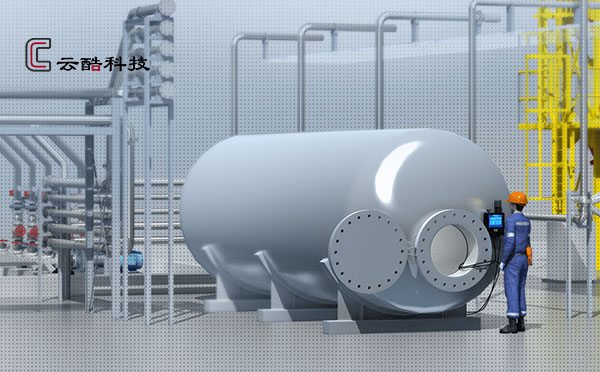- current location:
- Home
- >
- News
- >
- Industry News
-
What are the safety risks associated with confined space operations?
The main safety risks associated with confined space operations include poisoning, asphyxiation due to lack of oxygen, ignition and explosion, as well as drowning, falling from height, electrocution, striking objects, mechanical injuries, burns, collapses, burials, high temperature and high humidity. In some environments, the above risks may coexist and be hidden and sudden.

1. Poisoning: Possible sources of toxic gases in confined space include: volatilization of toxic substances stored in confined space; decomposition of organic substances to produce toxic gases; welding, painting and other operations to produce toxic gases; connected or similar equipment, pipeline leakage of toxic substances and so on.
2. Oxygen deficiency: the volume fraction of oxygen content in air is about 20.9%, the qualified range of oxygen content should be 19.5%~23.5%, and oxygen content below 19.5% is oxygen deficiency. Oxygen deficiency will affect many systems and organs of human body, and when the oxygen content is lower than 6%, it can cause death within 40s. Confined space due to the accumulation of asphyxiating gas or oxygen-depleting chemical reactions may cause oxygen deficiency.
3. Deflagration: when the confined space accumulation of methane, hydrogen and other flammable gases, as well as aluminum powder, corn starch, coal dust and other combustible dust mixed with air to form explosive mixtures, the concentration of which reaches the limit of explosion, when the open flame, chemical reaction exothermic, impact or friction sparks, electrical sparks, static sparks and other sources of ignition, it will be combusted. Therefore, the concentration of combustible gas in the limited space should be less than 10% of the lower explosive limit.
4. Other risks: there may be drowning, falling from height, electric shock, object striking, mechanical injury, burning, collapse, burial and high temperature and humidity and other safety risks in the confined space.
In the process of confined space operation, appropriate ways should be taken to monitor the working surface of confined space in real time. There are two ways of monitoring: one is for the monitoring personnel to use the pump-type YUNKU gas detector outside the limited space to monitor and detect the working surface; the other is for the operating personnel to wear the YUNKU portable gas detector to detect the working surface by themselves.
Previous How Does Smart Safety Harness Monitor the Wearing Condition of Safety Harness
Next What type of respiratory protection should we choose for confined space operations?
more about [confined,space,operation,gas,detection,hazardous,gas,confined,space]:
• Confined space operation meets hydrogen sulfide poisoning, how to respond scientifically?
• How to do a good job of confined space operation protection
• Safety Protection and Emergency Rescue for Confined Space Operations
• A Cautionary Tale of Accidents in Confined Space
• Yunku Tech's Confined Space Monitoring Equipment: Intelligent Solutions to Guard Operational Safety and Efficiency

